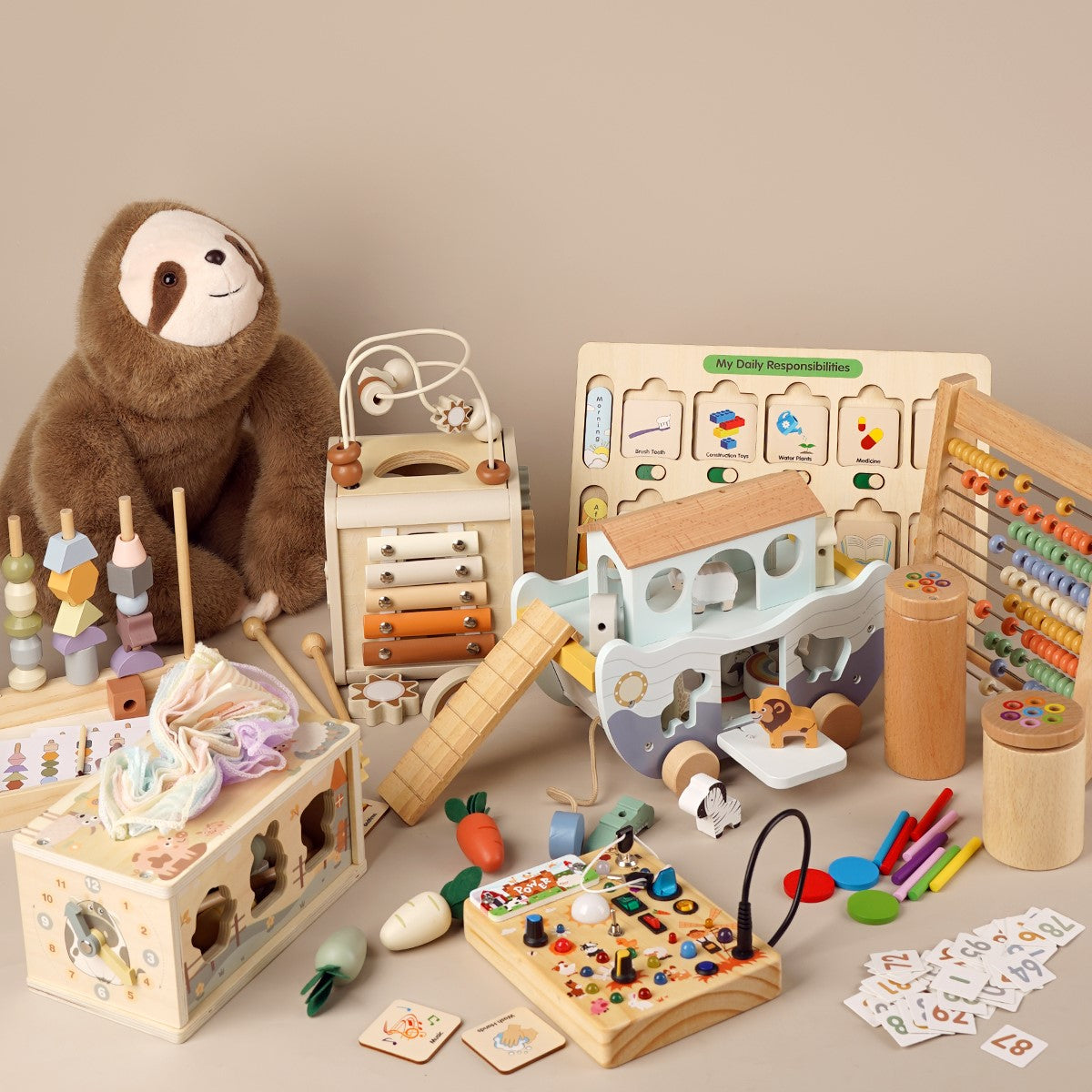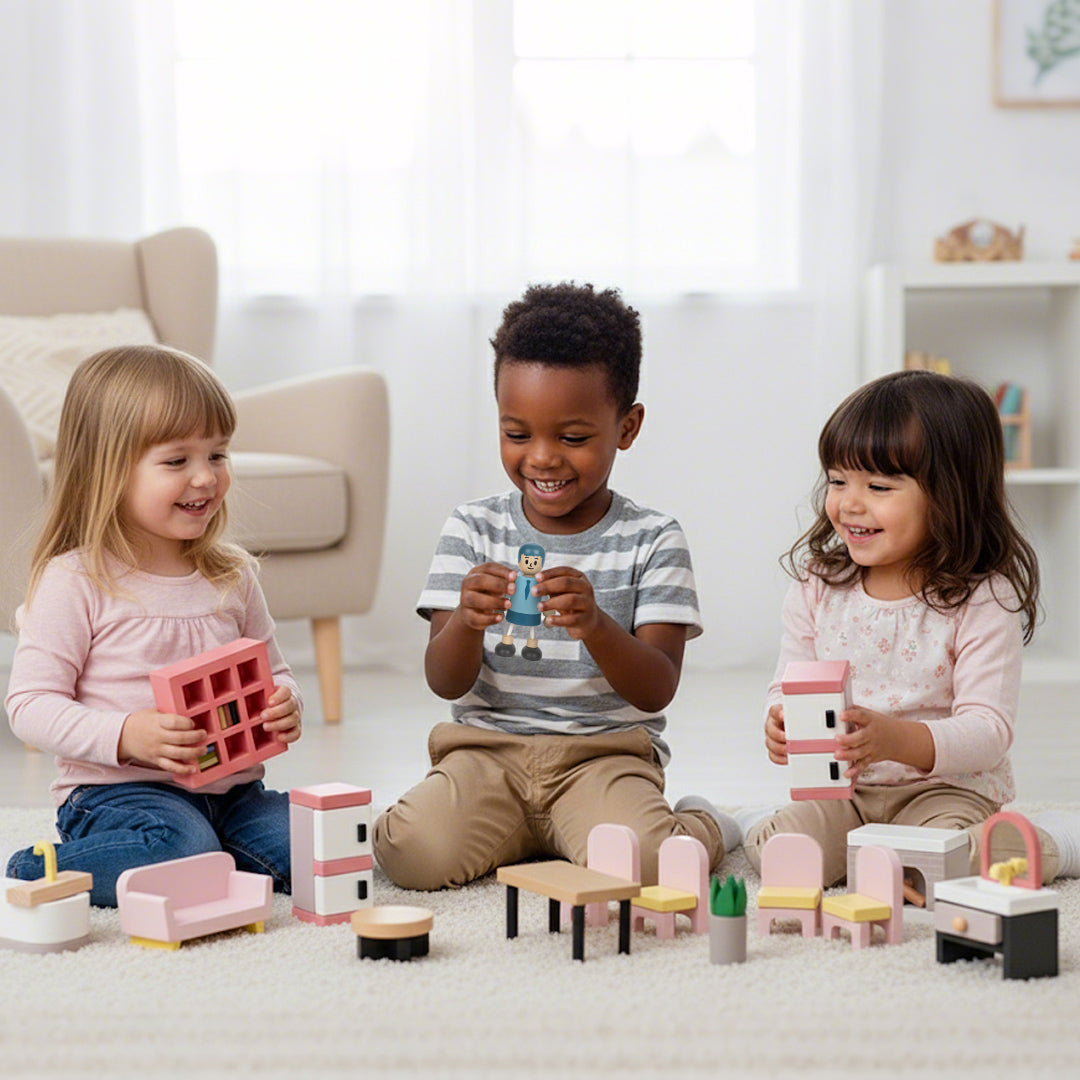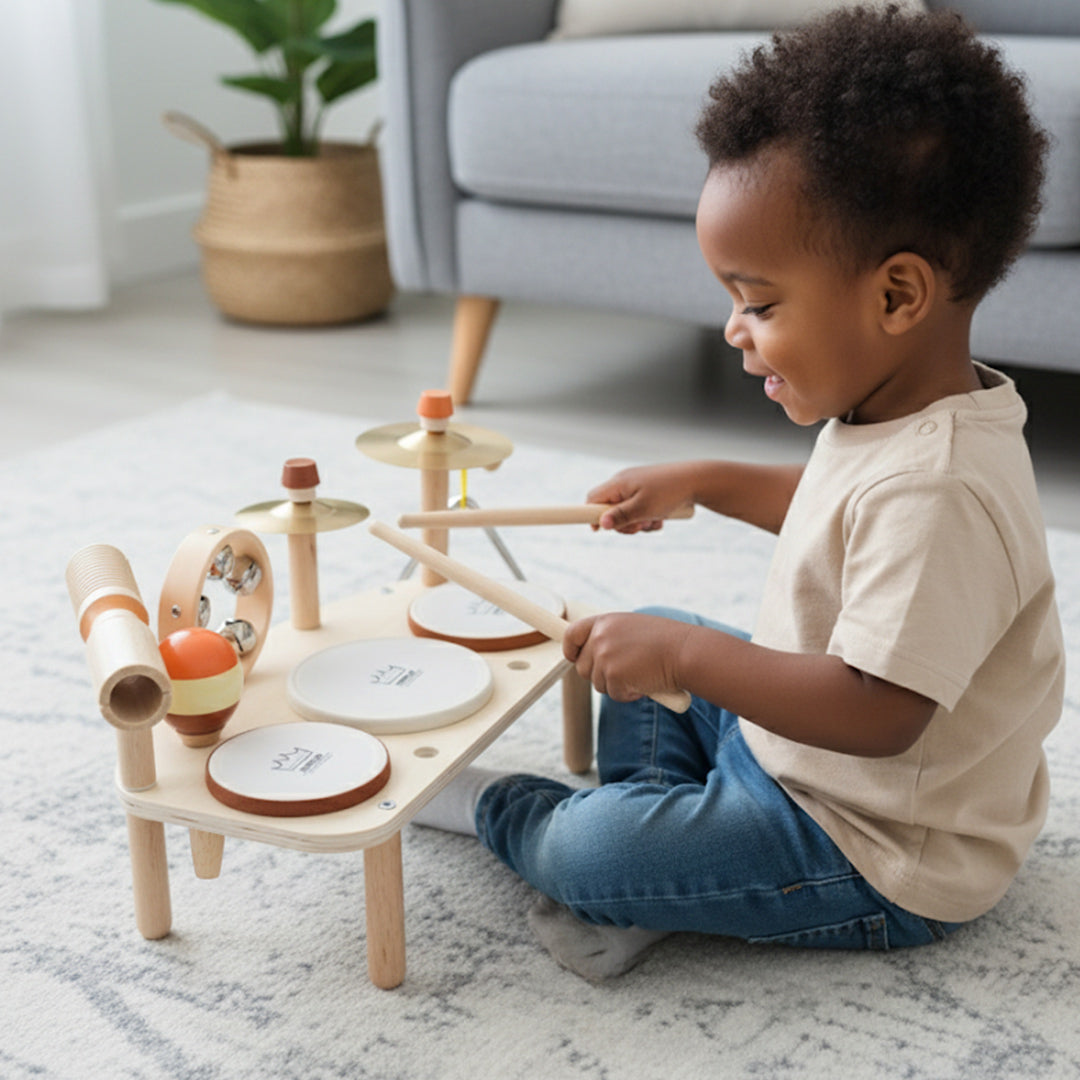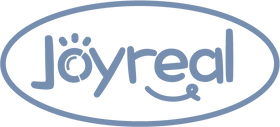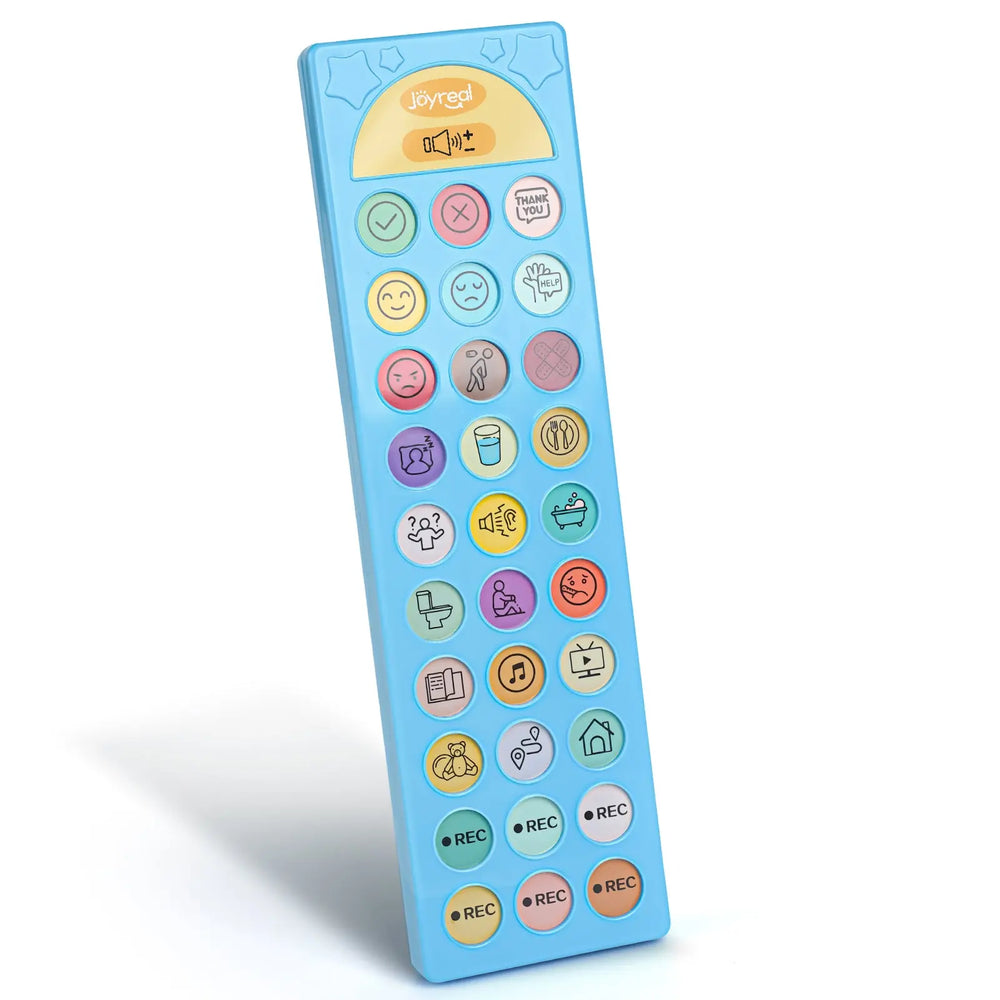The Benefits of Sensory Toys for Autism
The Power of Sensory Toys for Autism
Sensory toys are specifically designed to stimulate one or more of the five senses: sight, sound, touch, smell, and taste. For individuals on the autism spectrum, these toys can be invaluable tools, providing a safe and natural way to explore and interact with the environment . Sensory sensitivities are a recognized part of the diagnostic criteria for autism, and sensory toys can help address these sensitivities by providing desired sensory experiences, promoting a sense of comfort and control . Playing with sensory toys can help individuals with autism regulate their emotions, improve focus, develop motor skills, and feel more secure in their surroundings .
Benefits of Engaging the Senses
Sensory toys offer a multitude of benefits for individuals with autism. They can aid in focusing attention, relieving stress and anxiety, and promoting relaxation and calmness. By providing opportunities for exploration and sensory integration, these toys allow children to learn and develop in an enjoyable way . Engaging with sensory toys can enhance sensory processing skills, improve fine and gross motor skills, and even promote social interaction and imaginative play.
Key benefits include:
- Sensory Stimulation: Offering a variety of textures, sounds, and visual cues to support sensory development.
- Sensory Regulation: Providing feedback to the sensory systems to help regulate sensory needs and responses.
- Calmness and Focus: Helping individuals achieve a state of calm and improve their ability to focus.
- Sensory Integration: Assisting in the processing and integration of sensory information.
- Comfort and Coping: Offering comfort and helping individuals cope with overwhelming sensory experiences.
Types of Sensory Toys
Sensory toys engage various senses through different forms:
- Sight: Visual stimulation toys like light-up toys, colorful puzzles, and sensory reflective balls. Items such as Moon Lights can create a calming visual atmosphere .
- Sound: Musical instruments, sound puzzles, and even noise-canceling headphones .
- Touch: Textured toys, sensory balls, and fidget toys are popular for providing tactile input. Tactile boards with various textures can also be beneficial .
- Smell: Scented playdough or markers.
- Taste: Chewable toys and flavored edible options.
Other beneficial sensory items include vibrating toys, pillows, and blankets that offer tactile stimulation and can be helpful for sleep routines . Spinning toys like fidget spinners can also serve as calming distractions and provide a sense of control. Popular items found in multi-sensory environments include bubble tubes and touch, sound, and light boards.
Top Sensory Toys for Autism
1. AAC Communication Devices
Augmentative and Alternative Communication (AAC) devices help nonverbal or minimally verbal children express their needs and thoughts. These tools range from simple picture cards to high-tech speech-generating tablets.
Benefits:
- Supports language development
- Reduces frustration by enabling communication
- Encourages social interaction
2. Montessori Busy Board
A Montessori busy board is a hands-on activity board filled with buttons, zippers, latches, and other manipulatives. It promotes fine motor skills, problem-solving, and independent play.
Benefits:
- Enhances hand-eye coordination
- Teaches practical life skills
- Keeps children engaged in a calming activity

3. Visual Schedule for Kids
Many children with autism thrive on routine. A visual schedule for kids uses pictures or symbols to outline daily activities, reducing anxiety and improving time management.
Benefits:
- Provides structure and predictability.
- Helps with transitions between activities.
- Encourages independence.
Choosing the Right Sensory Toys
Selecting appropriate sensory toys involves considering the individual's specific needs and preferences . Stimulating the visual sense is important, as some individuals with autism may have challenges processing visual information . Addressing specific sensory needs, whether for tactile input, calming sensations, or active engagement, is crucial . Observing responses and preferences will help determine the most effective and enjoyable toys .
Research suggests that preferences for sensory equipment can be related to sensory profiles and cognitive abilities. Some individuals may prefer equipment requiring active engagement, while others are drawn to more dynamic stimulation that doesn't require active control.
Joyreal AAC: Giving a Voice to Those Who Need It
For individuals who are non-verbal or have difficulty speaking, Augmentative and Alternative Communication (AAC) devices can be truly life-changing, providing a vital "voice when words fail." These tools are essential in supporting communication, particularly for those with autism and those undergoing speech therapy or post-stroke rehabilitation.
AAC devices, like the Joyreal tool, are designed to be programmable, offering custom voice recording capabilities. This allows for personalized messages and a more effective means of expressing needs instantly, which can be particularly helpful in reducing meltdowns. The Joyreal device specifically incorporates colored emotion buttons to aid in faster emotional recognition and features an adjustable volume control for user comfort.
Beyond its function as a non-verbal communication device, the Joyreal AAC communication devices is designed with safety in mind, adhering to safety-certified standards for child development. Its tactile interaction element makes it engaging for early learners, and its functionality extends to assisting elderly parents with speech problems. While some users have noted that the buttons could be more tactile for those with less hand control and that the volume was too low in one instance, many have found it to be an affordable and easy-to-use assistive technology, praising its custom recording feature and overall value as a speaking aid.
In essence, AAC communication devices like the Joyreal tool empower individuals to communicate, connect, and navigate their world with greater independence and confidence.
DIY Sensory Toys
Creating sensory toys at home can be a rewarding and cost-effective way to provide tailored sensory experiences . Everyday household items can be repurposed to create engaging toys, such as sensory bottles filled with various materials or sensory bins with different textures . Resources from organizations like Autism Speaks offer ideas and instructions for DIY sensory toys.
Sensory Toys for Different Needs
Sensory toys can also support the development of specific skills. Toys that encourage turn-taking, sharing, and imaginative play can help with social skill development . Cause and effect toys can be particularly useful for teaching that actions have consequences and facilitating interaction.
For fine motor skills, toys that involve stacking, sorting, threading, puzzles, and building blocks can help improve hand-eye coordination, dexterity, and finger strength .
While sensory toys offer significant benefits, they should not replace formal, evidence-based treatments for autism spectrum disorders . However, by providing opportunities for sensory exploration and regulation, sensory toys play a vital role in supporting the well-being and development of individuals with autism.
Maybe it will be helpful for you:
Recent Post

What Finally Helped My Toddler Speak Up?
If you’re a toddler mom, you already know how much emotional weight...

Joyreal Christmas Toys Deals 2025
Enjoy instant savings across nearly every category, from early lear...

How Wooden Montessori Toys Support a Sustainable Childhood
Most parents don’t say it out loud, but many feel the same quiet fr...

Top Christmas Gifts to Help Kids Communicate Better This Holiday Season
The holiday season brings joy, family bonding, and endless opportun...

How to Make DIY Printable Communication Boards
Communication is at the heart of every child’s development — and fo...

Top 5 Christmas Gifts That Bring Families Closer (2025 Guide)
Christmas isn’t just about the gifts — it’s about the moments we c...

Top Musical Christmas Gifts for Toddlers & Preschoolers 2025
Why Musical Gifts Are Perfect for Toddlers and Preschoolers Music h...

Joyreal AAC Devices Wholesale Partner
In today’s educational and therapeutic environments, speech therapi...

Joyreal AAC Device – Big Sale for Autism & Speech
Every Voice Deserves to Be Heard Imagine your child looking up at y...

How to Choose Safe & Educational Toys for Christmas 2025
When “Just a Toy” Means So Much More If you’re a parent, you know t...
